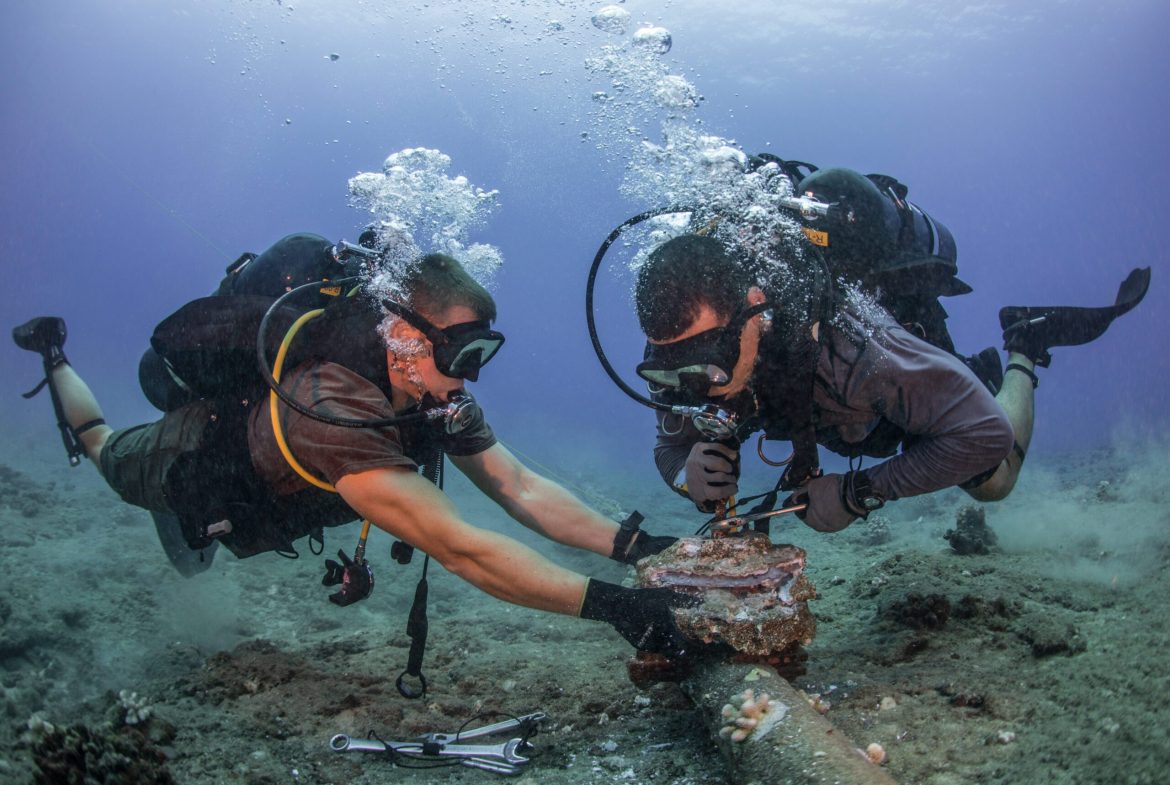Across the Gulf region, economic diversification has long been pursued as a means to futureproof prosperity. As part of their “Vision” programmes, GCC governments have initiated schemes to turbocharge industries using emerging tech — such as Saudi Arabia’s National Industrial Strategy and the UAE’s Operation 300bn.
But everything hinges on connectivity. Barely a modern use case can be implemented without the internet, and in the 2020s this means the global internet. The Middle East is a primary corridor for intercontinental connectivity, all underpinned by subsea cabling.
In the region, every government and every business relies on the operability of the Red Sea corridor.
Tracing one’s routes
Much of the growth in interconnection bandwidth in the region is sourced from Europe, despite an increase in local internet content caching. Intra-regional connectivity rates, on the other hand, have remained relatively stable.
The Middle East faces unique challenges related to data transport costs and the complexities of regulatory and geopolitical environments. These factors have sometimes posed hurdles for global network providers when considering the termination and transportation of traffic within the region.
Ninety percent of communications between Europe and Asia passes through the Red Sea cable system, then on to land-based networks between Egypt and the Mediterranean, bypassing Suez and the GCC.
The capacity of Red Sea systems is significant and unmatched by alternative routes. However, after February’s maritime tensions in the area, three cable systems that were affected took more than six months to be recommissioned — offering a striking reminder of just how much of an endeavour it can be to repair these critical cables.
Thus, we see an urgent need for the building of diverse terrestrial routes to bypass the Red Sea. These overland systems would act as new corridors chaining together the Mediterranean with the GCC, the Arabian Sea and the Indian Ocean.
This infrastructure would do much to stimulate digital economies in Dubai, Riyadh and Jeddah, via interconnection hubs in places such as Muscat and Salalah that would bridge undersea and terrestrial systems.
These new internet super-corridors could follow either a southern route across the Arabian Peninsula or a northern one traversing either Kuwait or Iraq and then Turkey.
The role of the data centre
Among the new infrastructure will nestle data centres — some legacy, some new — that will connect subsea cable systems from Asia, East Africa and Europe to new overland corridors across the Gulf and the Arabian Peninsula.
The design of these network interconnection hubs will play a crucial role in reaping the economic potential of the emergent infrastructure. The new terrestrial diversity will serve the entire international community.
The global digital economy, along with all its governments, businesses and citizenries, will feel the effects. But before service providers can guarantee uptimes and latency levels, stakeholders, from governments to cabling organisations, will need to address some challenges.
There is ongoing discussion within the industry about the limited availability of open and competitive backhaul services – the services that operate between cable landing stations and data centres in the Middle East.
- Saudi Cable Co seeks more time to deliver rescue plan
- Ooredoo secures $552m loan for data centre expansion
- Global cloud platforms offer Saudis data protection promises
Additionally, while there are some exceptions, the region has relatively few carrier-neutral colocation facilities. Colocation is the practice of renting shared space in a data centre to host servers. These are often preferred by subsea cable operators and consortia because of the broader choice of terrestrial carriers they provide.
This presents a need for a widespread shift in mindsets. Carrier-neutral data centres not only present a greater choice of carrier, they also replace cable landing station backhaul with simple physical cross-connects.
As we might imagine, this dramatic reduction in complexity brings with it significantly lower costs in bridging subsea and terrestrial systems. Overcoming subsea-terrestrial interconnection costs will be an essential step in building viable internet super-corridors.
Investment and support
Private and public stakeholders need to be of one mind on the concept of terrestrial super-corridors. This implies, of course, that they share the financial commitment.
Investment is needed in terrestrial network infrastructure and interconnected data centres to deliver internet super-corridor capacity that can rival that of legacy subsea routes and other global interconnection hubs.
The resolution of tensions in the Red Sea may be beyond the capabilities of the regional business community. But out of this adversity, we may act to preserve the region’s hard-won economic prosperity and to futureproof its growth.
Egypt, Iraq, Jordan, Oman, Saudi Arabia, the UAE and many others have a role to play in encouraging the development of terrestrial cabling infrastructure. Their digital economies can benefit from being part of a global communications hub.
Economic diversification is the priority of every visionary government in the Middle East. But progress is built upon infrastructure. The credited father of economics, Adam Smith, wrote in his Wealth of Nations about the importance of well-maintained roads, canals and navigable rivers for transporting goods and services.
We can think of intercontinental cabling as the roads and rivers of our modern economy, and the wealth of our nations is at stake.
Kamel Al-Tawil is managing director, Mena, at data centre company Equinix
